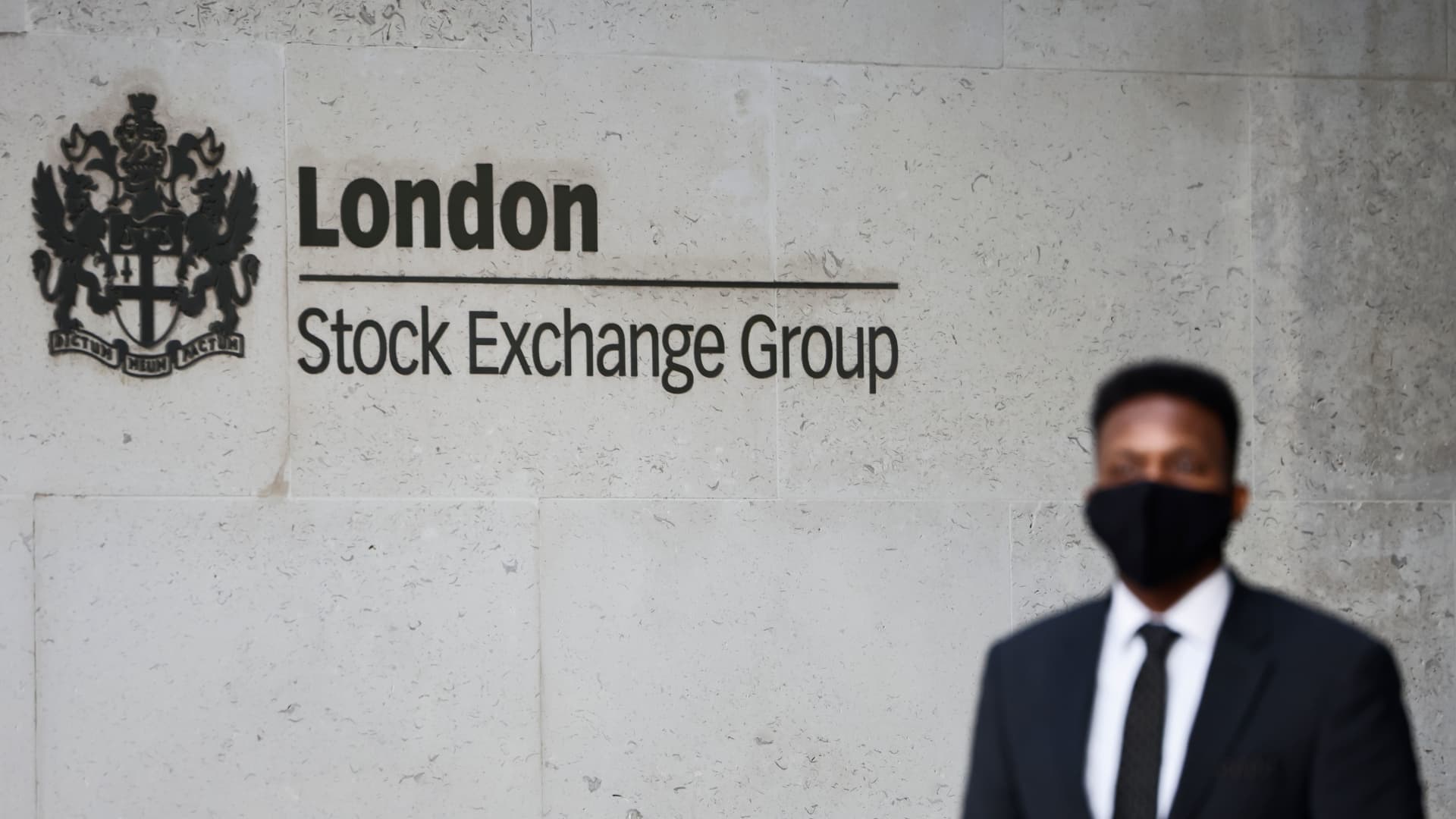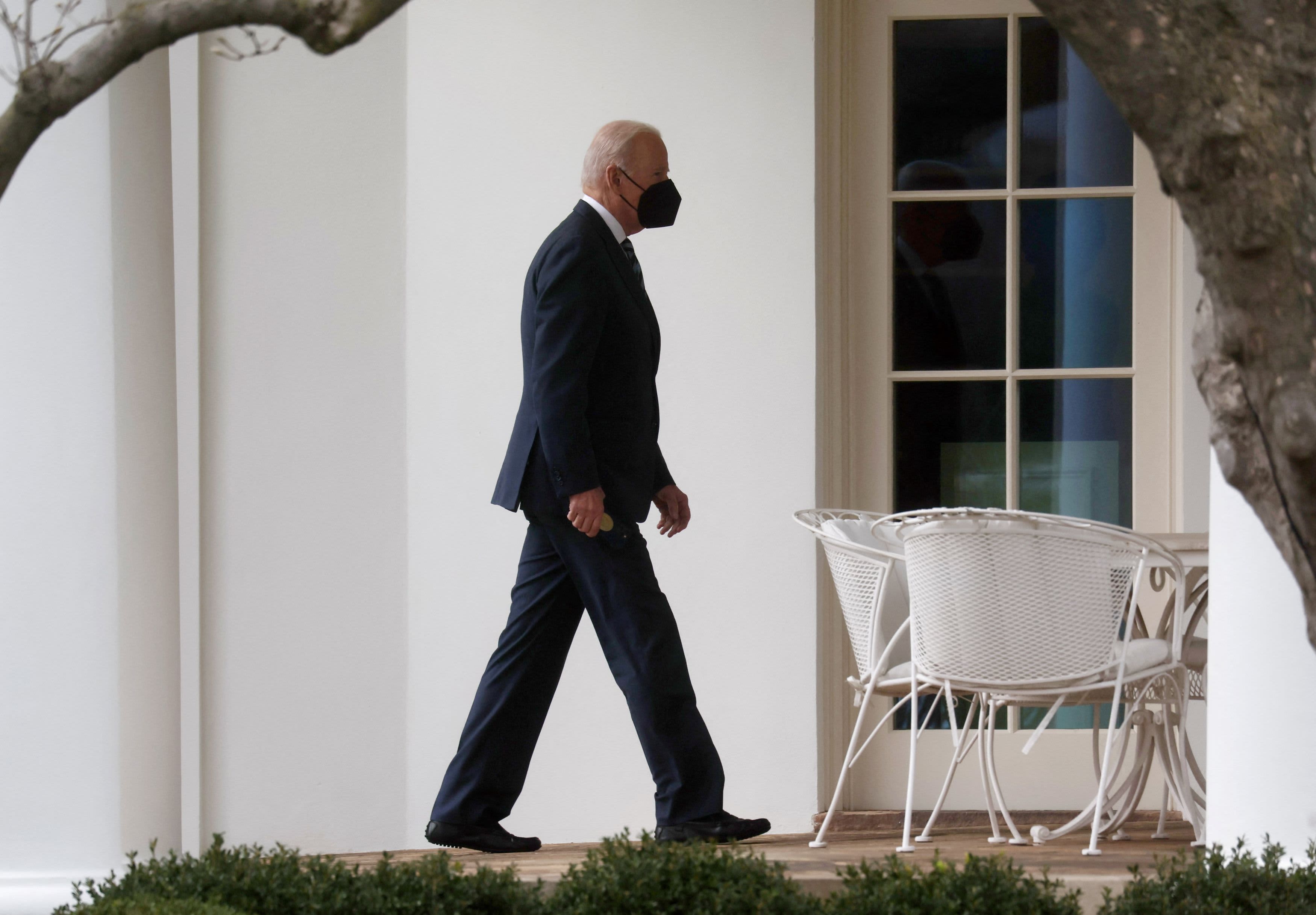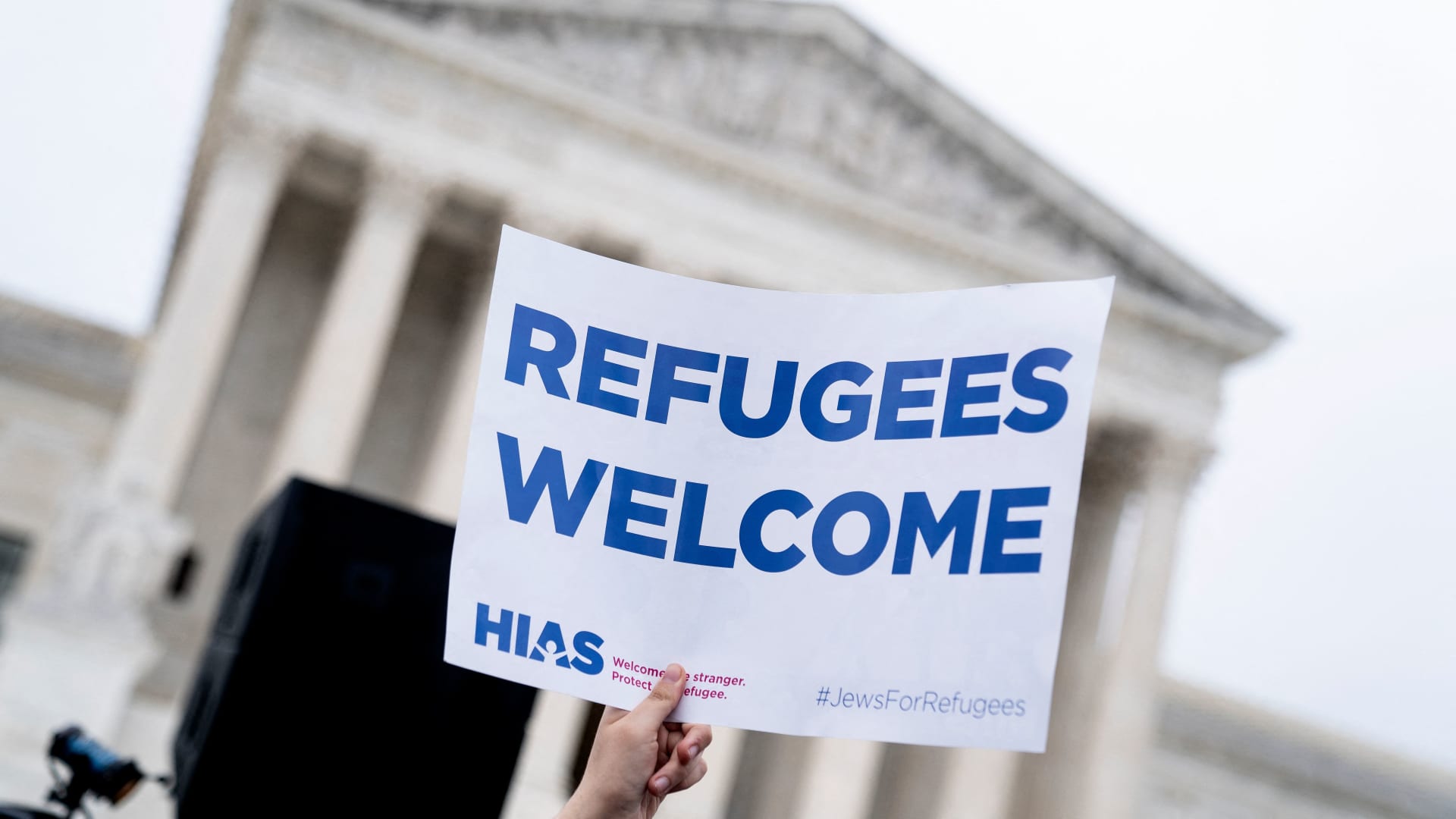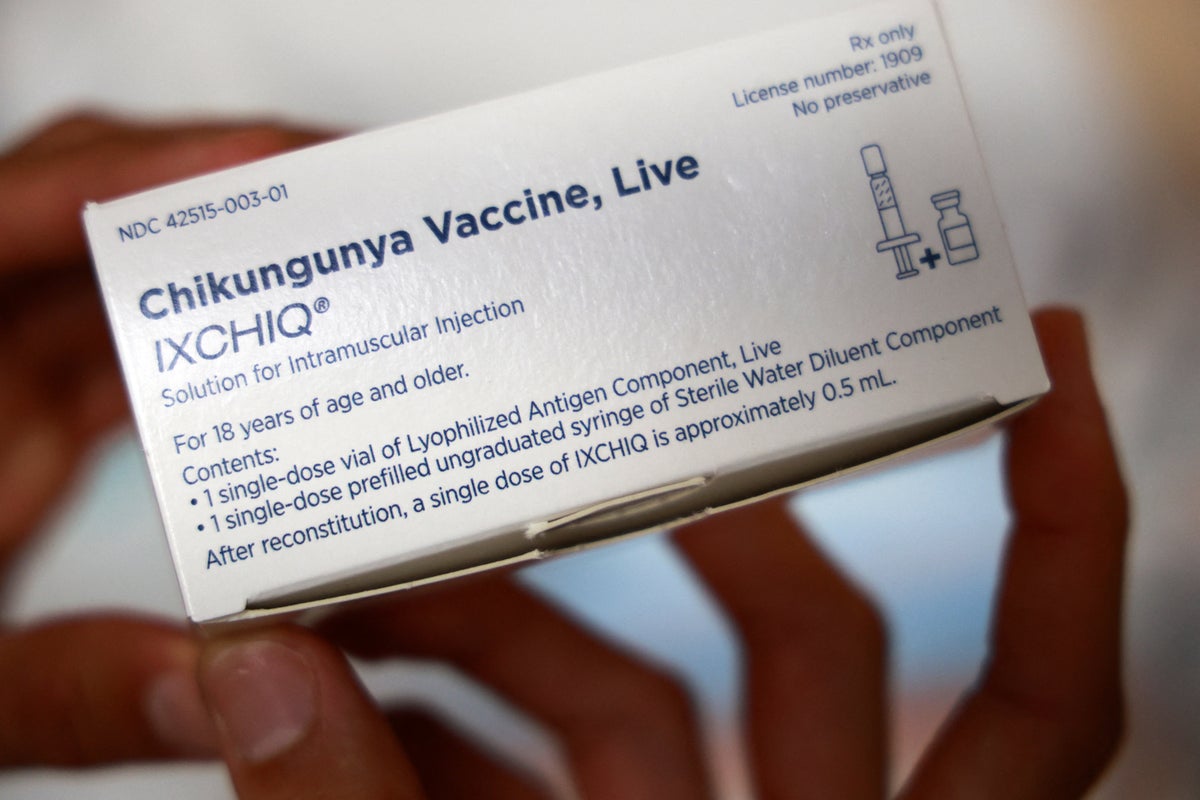Up to 40,000 Russian soldiers killed, wounded, captured or MIA in Ukraine, NATO estimates
The Pentagon has previously denied confirming any reported estimates on the number of Russian troops that have been removed from battle.
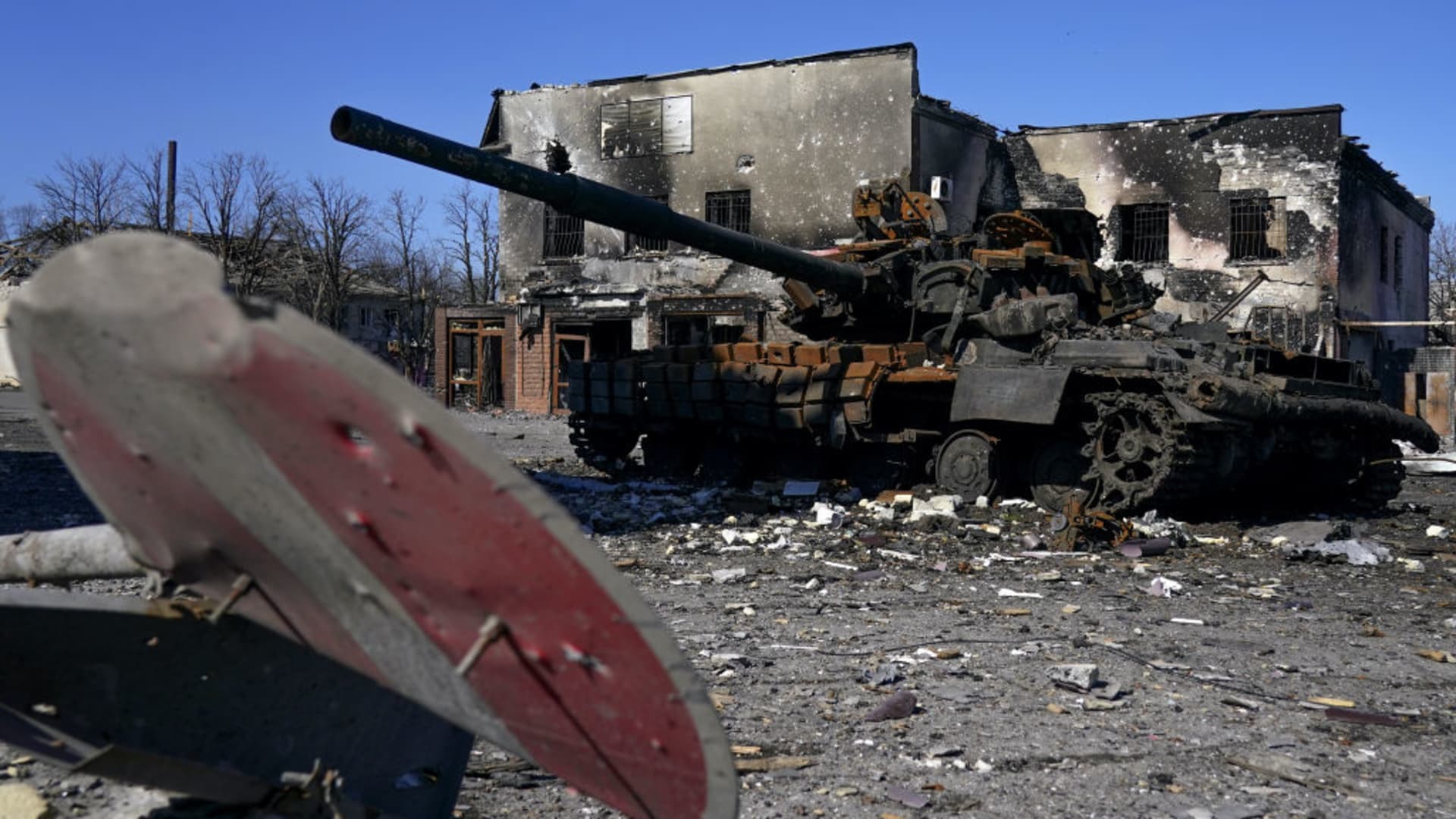
A damaged military vehicle as civilians are evacuated along humanitarian corridors from the Ukrainian city of Mariupol under the control of Russian military and pro-Russian separatists, on March 21, 2022.
Stringer | Anadolu Agency | Getty Images
WASHINGTON – NATO estimates that up to 40,000 Russian troops have been killed, injured, captured or gone missing during the first month of the Kremlin's war in Ukraine, an alliance official confirmed to NBC News.
Of those, between 7,000 and 15,000 Russian troops have died, according to the official, who spoke on the condition of anonymity in order to share NATO's latest intelligence assessment of the ongoing war.
Russian officials have previously declined to publicly disclose how many of their troops have died while fighting in Ukraine. On Tuesday, Kremlin spokesman Dmitry Peskov said that disclosing such figures is the "exclusive prerogative" of Russia's Ministry of Defense.
"On the numbers, we agreed from the very beginning that we do not have the authority to voice them during the special military operation," Peskov said, declining to elaborate further.
The Pentagon has previously denied confirming any reported estimates on the number of Russian troops who have been killed or otherwise removed from the battlefield.
A senior U.S. Defense official told reporters on a conference call on Wednesday that it remains difficult for the Pentagon to provide casualty estimates since the United States does not have troops on the ground in Ukraine.
"I'm not going to characterize what the ranges are that we're looking at because they're just very broad and we continue to have low confidence in those estimates because we're not on the ground and can't see you know what's really going on on a day to day basis," said the official, who declined to be named in order to share details from U.S. intelligence reports.
The official said that Russian forces are increasingly beset by logistical and command and control issues as well as morale problems.
"We picked up indications that some troops have actually suffered and been taken out of the fight because of frostbite," the official said. In another example, the official said that morale in some cases was so low among Russian troops that soldiers left their armored vehicles and walked off into the woods.
Earlier this month, the U.S. intelligence community assessed that up to 4,000 Russian troops have been killed in the Kremlin's then-two-week war in Ukraine.
That figure, which was shared during an unclassified March 8 hearing with lawmakers, was presented by Lt. Gen. Scott Berrier, director of the Defense Intelligence Agency.
"With low confidence, somewhere between 2,000 and 4,000. That number comes from some intelligence sources but also open sources," Berrier said during testimony before the House Intelligence Committee's hearing on "Worldwide Threats."
FBI Director Christopher Wray, NSA Director Gen. Paul Nakasone, Director of National Intelligence Avril Haines, CIA Director William Burns and DIA Director Lt. Gen. Scott Berrier testify before the House Permanent Select Committee on Intelligence in the Rayburn House Office Building on Capitol Hill on Tuesday, March 8, 2022 in Washington, DC.
Kent Nishimura | Los Angeles Times | Getty Images
Earlier Wednesday, NATO Secretary-General Jens Stoltenberg said the alliance would approve a "major increase" of its forces.
Stoltenberg said NATO is likely to bolster troops along its eastern flank, deploying four new battle groups in Bulgaria, Hungary, Romania and Slovakia.
"I expect leaders will agree to strengthen NATO's posture in all domains, with major increases in the eastern part of the alliance on land, in the air and at sea," Stoltenberg said during a news conference ahead of the NATO leaders summit in Brussels.
U.S. Ambassador to NATO Julianne Smith told a virtual audience hosted by the Atlantic Council on Wednesday that a permanent stationing of U.S. and NATO troops is currently on the table.
"NATO is in the process now of stepping back and thinking more about a medium- and longer-term force presence in NATO territory on that eastern flank," Smith said, adding the new deployments to the region send "a pretty clear message to Moscow."
"Permanent stationing could be one solution, or persistent rotations as another option, that could be on the table. So at this point, what we need to do is have our military commanders give us the best advice that they can come to us with specific proposals and then as an alliance, look at what the security environment requires," Smith said.

 UsenB
UsenB 








